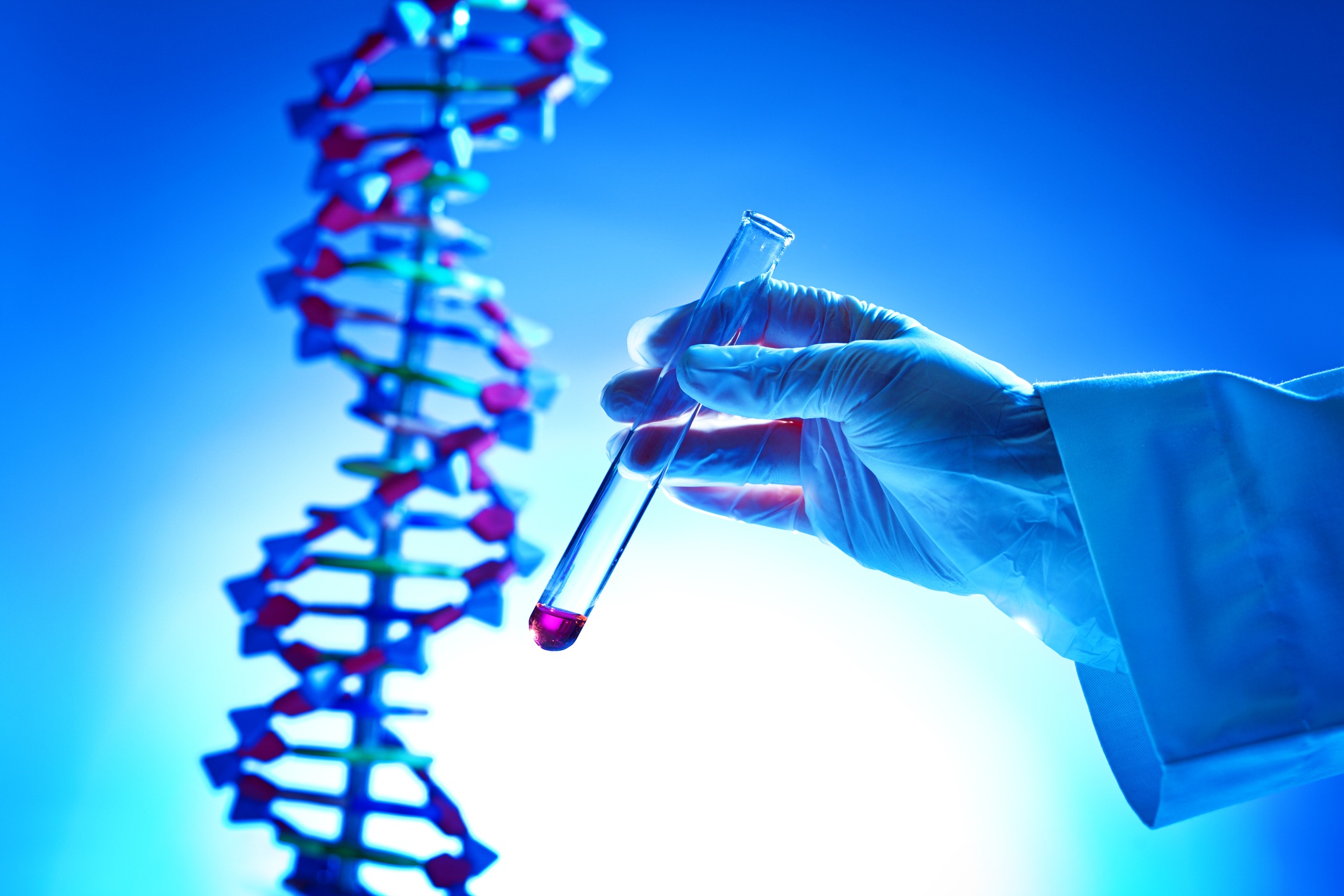
Gene therapy is a technique that involves addition of functional genes to a patient’s cells to take the place of dysfunctional genes. The technique typically uses engineered viruses to deliver desired genetic material into a host’s cells. Being that the virus naturally invades and genetically alters cells, it makes it a perfect candidate to selectively manipulate a cell’s genome. These viruses have their virulent genes removed and replaced with desired genes of interest, so that instead of making patients sick they give them functioning genes.
This is effective in treating conditions like thalassemia, a blood disease caused by a genetic mutation. By replacing this genetic mutation with a functional gene, gene therapy treats the condition and enables the patient to make functional blood cells.
In Vivo Gene Therapy
There are two different approaches to gene therapy: in vivo (inside the body) and ex vivo (outside of the body). When done in vivo, the modified virus is injected directly into the region of the patient’s body with abnormal cells. This is of particular use when only certain cells need genetic manipulation, like when targeting brain cells in treating Parkinson’s disease and diseases of the retina.
Several classes of viruses are of interest in administering gene therapy, such as herpesviruses and retroviruses, however, the adenovirus family (including the common cold) were of particular interest in early in vitro experiments. Unfortunately, this class of virus can evoke an immune response that puts patients at risk.
Researchers have now shifted focus towards the adeno-associated virus (AAV) in delivering gene therapy, being that it does not have the genes needed to self-spread. Researchers transfer non-harmful DNA from adenovirus to the AAV to allow it to effectively deliver gene therapy.
Ex Vivo Gene Therapy
Ex vivo gene therapy, on the other hand, involves the extraction of blood/bone marrow from a patient and the separation of mature and immature cells. A gene of interest is then added to the immature cells, which are reimplanted into the patient’s bloodstream. These cells then travel to the bone marrow where they rapidly proliferate and replace all the defective cells.
This is the procedure employed with ZYNTEGLO, Bluebird’s gene therapy for beta thalassemia that was mentioned earlier. ZYNTEGLO is made by removal of hematopoietic stem cells (“immature blood cells”) from the patient, having a virus insert a functional copy of the functional beta globin gene into these cells, and reintroducing these functional stem cells to the patient. This specific treatment is set to launch next year at a staggering $1.8 million.
Ex vivo therapy has been employed in treating severe combined immunodeficiency, or bubble boy syndrome, as well. This therapy utilizes retroviruses like HIV, which are very good at inserting their genes into host cells. Over 30 patients have received this SCID treatment and over 90% of those treated are in remission. This is a much more promising approach than a bone marrow transplant, which yields a 50% remission rate.
CRISPR-Cas9 Gene Editing
CRISPR-Cas9 was discovered in the bacterial immune system, where it is used to defend against and deactivate invading viral DNA. Cas9 is an endonuclease, or an enzyme that can selectively cut DNA. The Cas9 enzyme is complexed with a guide RNA molecule to form what is known as CRISPR-Cas9.
First, Cas9 locates a specific genetic area of interest known as the PAM, or protospacer adjacent motif. Once Cas9 binds the PAM, the guide RNA takes action in unwinding a portion of the DNA. This guide has a genetic sequence that specifically matches a unique region of the DNA, and once this is bound, Cas9 cuts out this DNA segment like a pair of scissors. The cell will attempt to repair this excision in an error prone manner, often leading to mutated segments. This is useful in knocking out a specific gene, or “turning it off”.
Researchers are beginning to manipulate the Cas9 enzyme to do more than make incisions. By adding different enzymes to Cas9, scientists can edit specific base pairings of nucleotides, the building blocks of genetic material. In doing so, they can precisely edit a gene to transform it from a disease-causing form to a healthy gene.
CRISPR-Cas9 can be administered both in vivo, through a packaged delivery vehicle like gold nanoparticles, and ex vivo in a manner similar to the ZYNTEGLO system (if the virus was replaced with CRISPR-Cas9). See the video below for animations of CRISPR’s various applications.
This is rich. Combining patients (w/ ventricular tachycardia)-derived induced pluripotent stem cells, gene therapy, #optogenetics, #CRISPR, organ-on-a-chip, to create “exercise test in a dish” step towards cure. https://t.co/4FrQUZoVOO pic.twitter.com/jx29UNI8Xu
— Eric Topol (@EricTopol) July 17, 2019







 © 2025 Mashup Media, LLC, a Formedics Property. All Rights Reserved.
© 2025 Mashup Media, LLC, a Formedics Property. All Rights Reserved.